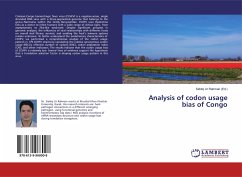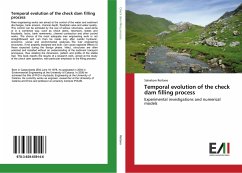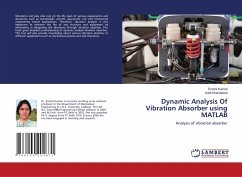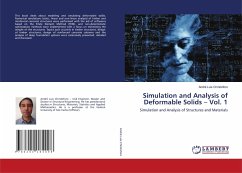
Analysis of codon usage bias of Congo
Versandkostenfrei!
Versandfertig in 6-10 Tagen
27,99 €
inkl. MwSt.

PAYBACK Punkte
14 °P sammeln!
Crimean-Congo hemorrhagic fever virus (CCHFV) is a negative-sense, single stranded RNA virus with a three-segmented genome that belongs to the genus Nairovirus within the family Bunyaviridae. CCHFV uses Hyalomma ticks as a vector to infect humans with a wide range of clinical signs, from asymptomatic to Zika-like syndrome. Despite significant progress in genomic analyses, the influences of viral relationships with different hosts on overall viral fitness, survival, and evading the host's immune systems remain unknown. To better understand the evolutionary characteristics of CCHFV, we performed...
Crimean-Congo hemorrhagic fever virus (CCHFV) is a negative-sense, single stranded RNA virus with a three-segmented genome that belongs to the genus Nairovirus within the family Bunyaviridae. CCHFV uses Hyalomma ticks as a vector to infect humans with a wide range of clinical signs, from asymptomatic to Zika-like syndrome. Despite significant progress in genomic analyses, the influences of viral relationships with different hosts on overall viral fitness, survival, and evading the host's immune systems remain unknown. To better understand the evolutionary characteristics of CCHFV, we performed a comprehensive analysis of the codon usage pattern in 179 CCHFV strains by calculating the relative synonymous codon usage (RSCU), effective number of codons (ENC), codon adaptation index (CAI), and other indicators. The results indicate that the codon usage bias of CCHFV is relatively low. Several lines of evidence support the hypothesis that a translation selection factor is shaping codon usage pattern in this virus.












